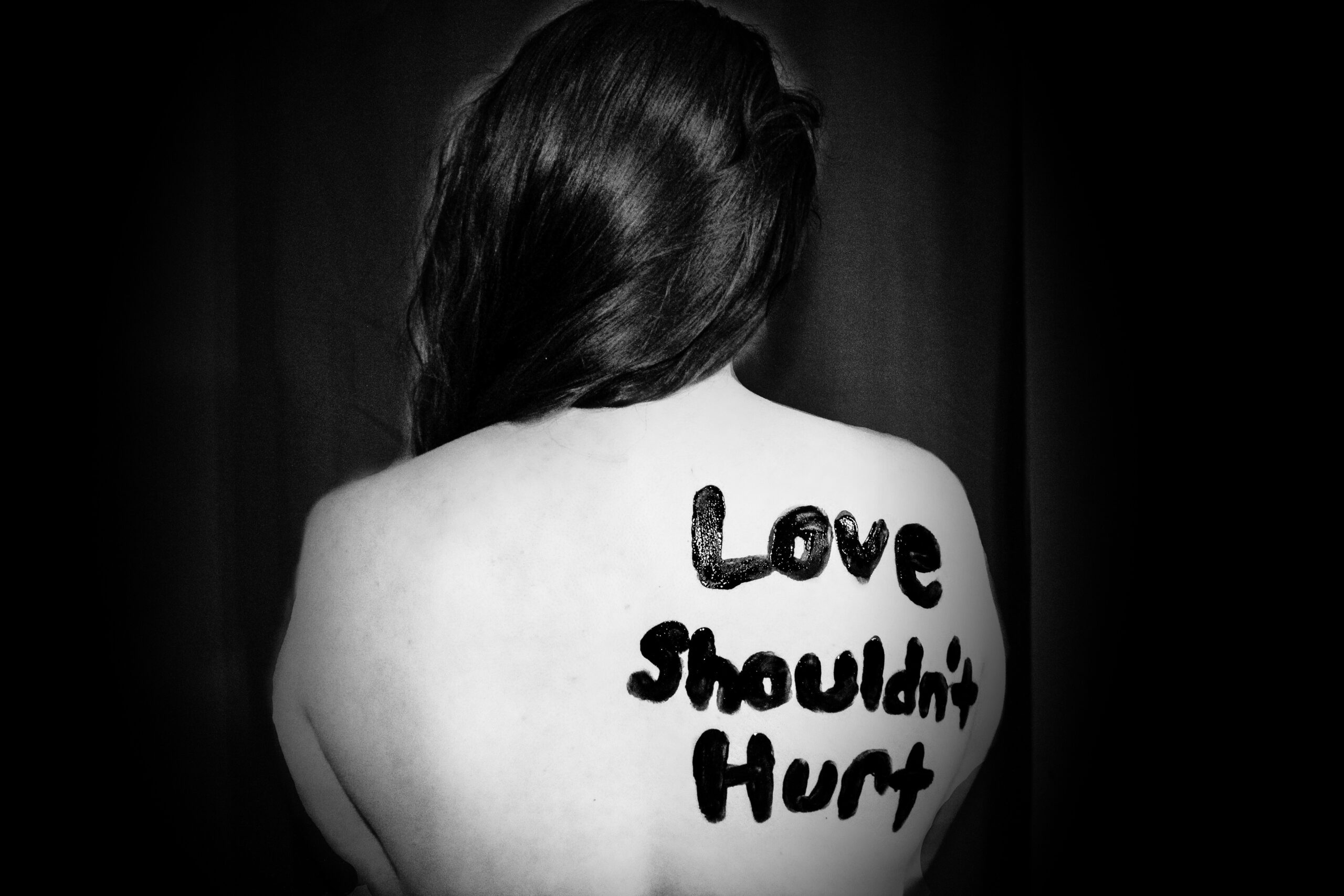Domestic violence has struck about 750,000 adults in the Netherlands at least once in the last five years. 65% of these victims are women. 250,000 women experienced violence more than once and for 100,000 of them, the violence is routine. Between 90,000 and 120,000 children younger than 17 are experiencing abuse as well. Above age 12 this occurs more often with girls than boys.
These figures emerged from a 4-year survey by the Dutch Ministry of Justice in cooperation with ten research institutes, writes the Volkskrant. Researchers suspect many more cases may remain hidden because victims are ashamed of afraid. Due to a change in methodology it is unknown whether the numbers have risen or fallen compared to the past, but they say tolerance of these wrongs has diminished over the past 50 years.
That, at least, is some good news. But I was shocked that even in the progressive Netherlands more than five per cent of the population should suffer like this. That two thirds of the adult victims are women confirms the fact that all over the world, women are habitually less valued than men.
Readers of my blogs will be familiar with other aspects of this oppression. The universal pay-gap . The gender confidence gap .The peculiar phenomenon that as soon as women outnumber men in a profession, salaries go down and vice versa. Computer programming is a striking example. After WWII this was a low-paid job done mainly by women, now men dominate and it’s a very well-rewarded field. Violence is merely an extreme form of the same dynamic, as is emotional abuse, which is not part of the latest Dutch research.
Prone to Violence

The victims are mostly women, the perpetrators mainly men. Sadly, this fact surprises nobody. However, the question ‘why’ has always fascinated me. I even wrote my first novel, Happy Hour (in Dutch), exploring this theme. How come that men are so much more prone to violence than women, whether it’s beating, rape, or murder?
Thanks to the work of professor Simon Baron-Cohen it is now known that at the root of this behavioural difference between the sexes lies the amount of testosterone that a foetus gets in the womb. In a nutshell: certain levels of this hormone make one aggressive and self-centered, whereas certain levels of oestrogen make one self-effacing and empathic. Most people have brains shaped by both these hormones, but there are two extreme brain types that Baron-Cohen identified. I have taken the liberty to call them the We-brain (oestrogen-shaped) and the Me-brain (testosterone-shaped). Other factors like childhood, or cultural conditioning play a big role, as I see in my therapeutic coaching practice, but very often these reinforce that blueprint we were born with.
Change, no matter what
Luckily brains change until they die, and we influence how. Sustainable Leadership for Women is about balancing the We-brain and the Me-brain in a person, and, most importantly, valuing them equally. As a result women shed their fear and shame, stand up for themselves, and go for what they want. When I read research like the Dutch study I quoted above I wonder whether I shouldn’t be working more often with men. But I am still convinced that a woman who is full of inner strength and confidence is not such an easy victim. So in order to tackle this problem, yes, the perpetrators should be dealt with, and they could do with some personal leadership, but if the (potential) victims embrace their leadership they will accelerate the change that is coming, no matter what.

